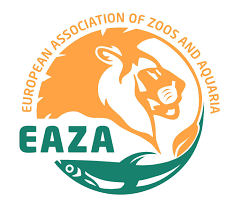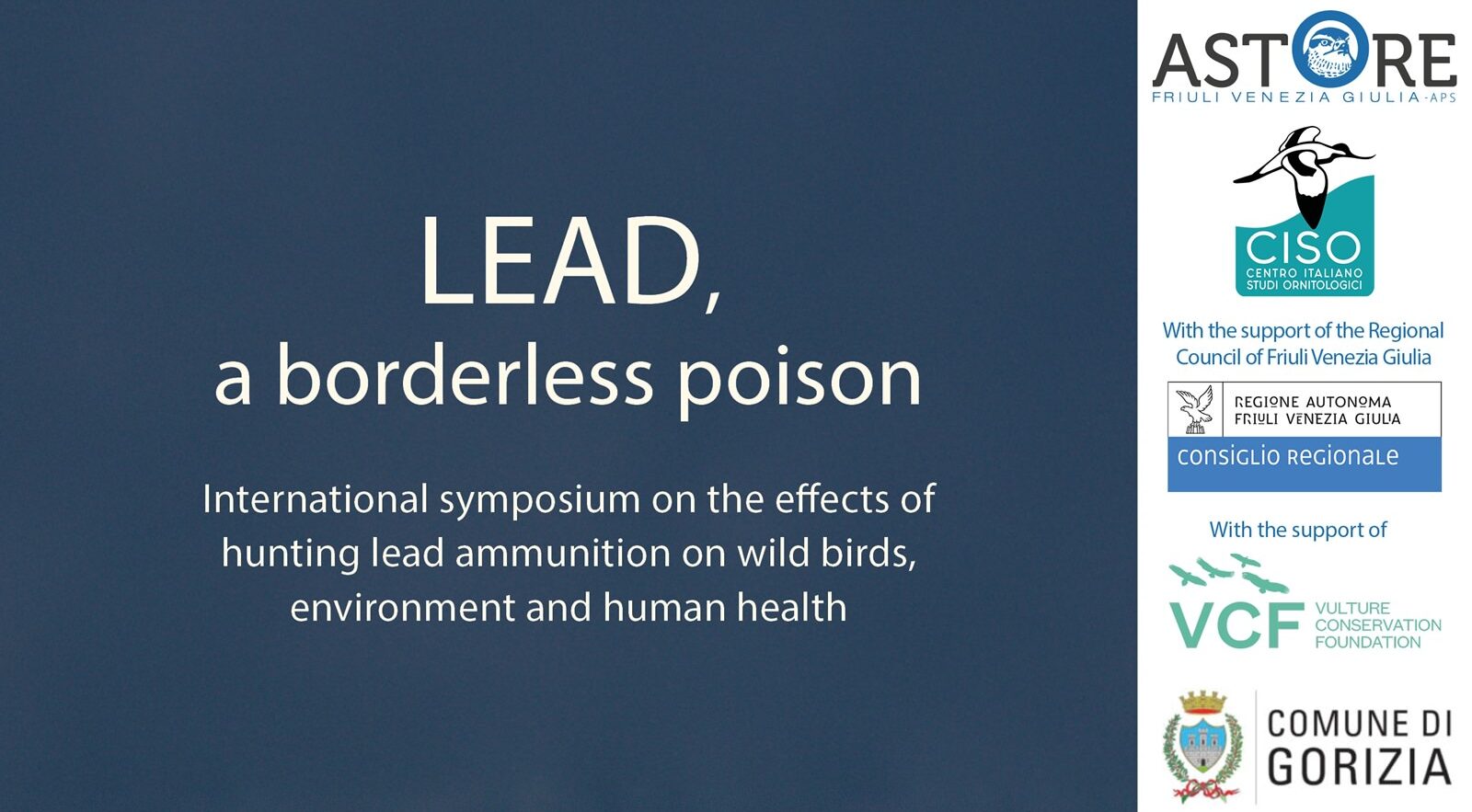As we celebrate Vallcalent Specialised Bearded Vulture Breeding Units 20 year anniversary, it’s only fitting to spotlight some of its most unforgettable residents.
Aïnat, a rare pyrenean founder, is one of them. His life has been anything but boring—a wild-born Pyrenean chick that has grown into a quirky, high-value bachelor with a flair for drama.
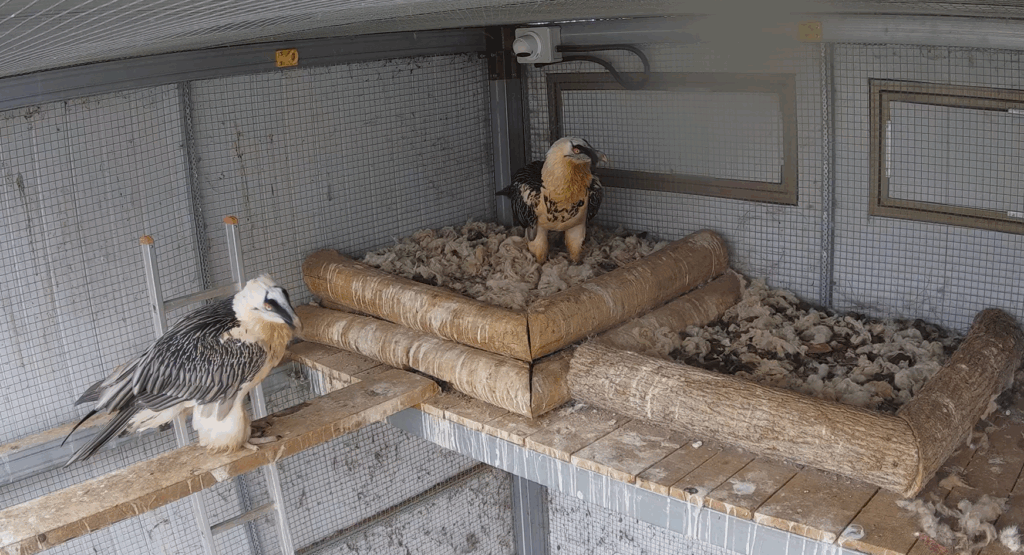
Aïnat’s long road to reproduction
Aïnat was taken from a Pyrenean nest in 2008 as part of a programme to rescue second chicks from wild nests to avoid cainism. He was adopted and raised in Vallcalent.
As a founder, his Pyrenean heritage is significant to the Bearded Vulture EEP network. As most birds within the EEP come from Asia, genes from different populations are needed to avoid inbreeding between the birds held captive and those released into the wild.
Over the years, Aïnat had several complex and intense partnerships. Initially, he was paired with Greca, a female he grew up alongside. Their juvenile companionship offered hope, but Greca never accepted Aïnat as a mate. After several years of failed courtship and eventual aggression—including a confusing and violent episode after Greca took a bath—this pair was dissolved.
Sombra: The unlikely match
After Greca, came Sombra (BG398). Sombra was Aïnat’s unlikely and unforgettable partner. Sombra was a hand-reared and imprinted female, hatched in 2002 at the Zoo of Almaty in Kazakhstan. Before arriving at Vallcalent in 2019, she had spent years at different locations, including two private breeders, and little was known about her behaviour or socialisation with other vultures. Imprinted birds—those raised closely by humans—often struggle with natural behaviours, particularly breeding and pairing. Female imprinted Bearded Vultures are also known to be highly dominant and occasionally aggressive toward both humans and mates.
When she first met Aïnat, it was far from love at first sight. The two birds took turns chasing and pecking at each other. But after careful reintroductions, something changed. Sombra began to tolerate Aïnat. Then came mutual preening, shared nest duties, and—finally—successful mating after the team installed logs above the perches to help Aïnat who had problems understanding how the mating process works. He really didn’t know how to copulate, which was a bid headache for the team. But in the end, after some help, he finally learned.
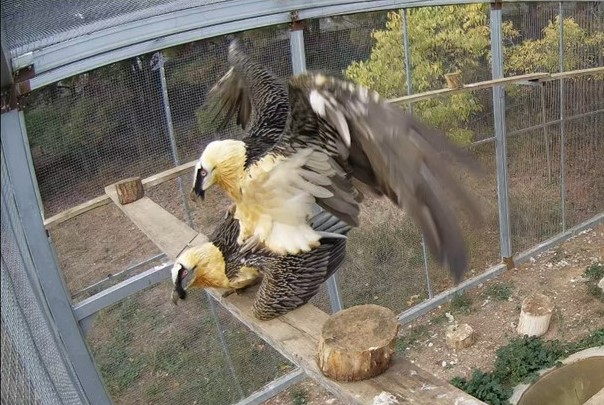
The pair managed to produce one chick, but heartbreak soon followed. Sombra passed away and then, soon later, their chick also died.
Perea arrives: A fresh start
After all the challenges and heartbreak, a new chapter began in 2023 when Perea, an adult female from the Guadalentín breeding centre, arrived at Vallcalent. Hatched in 2009 at Schönbrunn Zoo in Vienna, Perea carries a strong genetic heritage—her father was wild-hatched in Tajikistan in 1988. Perea had previously been paired twice: once unsuccessfully with Montero, and later with the injured but once-prolific male Cabús. That second pairing yielded one chick, Donna Elvira, released in Melchsee-Frutt, Switzerland. After Cabús became unable to copulate due to an accident, Perea too became available for a new pairing.
Her arrival in Aïnat’s aviary was watched closely by the Vallcalent team. Dominance behaviours were expected, and Perea did not disappoint. Calm but assertive, she claimed the nesting platform and made clear who was in charge. Aïnat, although visibly nervous, approached with caution and respect—an early sign that things might just work.
Within hours, Perea took a mud bath—an enigmatic behaviour still being studied by researchers. In Bearded Vultures, cosmetic colouring from mud is often associated with social status, and only dominant individuals typically engage in it. More importantly, vultures will only bathe when they feel safe. For the team, it was a promising sign: Perea was settling in.
After some time, came the moment everyone had hoped for: Aïnat started to copulate with Perea. A new successful pairing had formed.
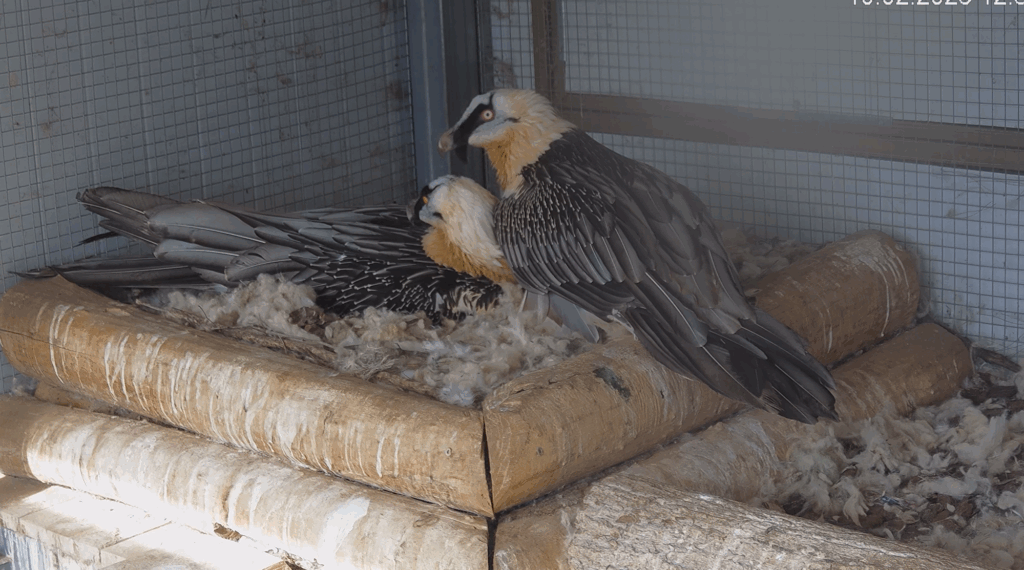
Season 2024-2025: A slow start, but a chick at last
Their second breeding season together this year brought some tense moments. Preening—the first sign of a bond—didn’t begin until January 22nd, much later than expected. The team began to suspect the pair might not be working out after all. But against the odds, Perea laid an egg on February 28th—very late in the season. Unfortunately, she buried the egg, and it had to be transferred to the Guadalentín Breeding Centre for artificial incubation. Since there were no suitable foster pairs available in Vallcalent at the time, the chick was hatched and raised in Andalusia. On April 24th, BG1287, the second chick of Aïnat and the first offspring of this new couple, hatched with a weight of 134,5g and is currently being raised by the experienced foster female Keno, a proven and excellent mother.
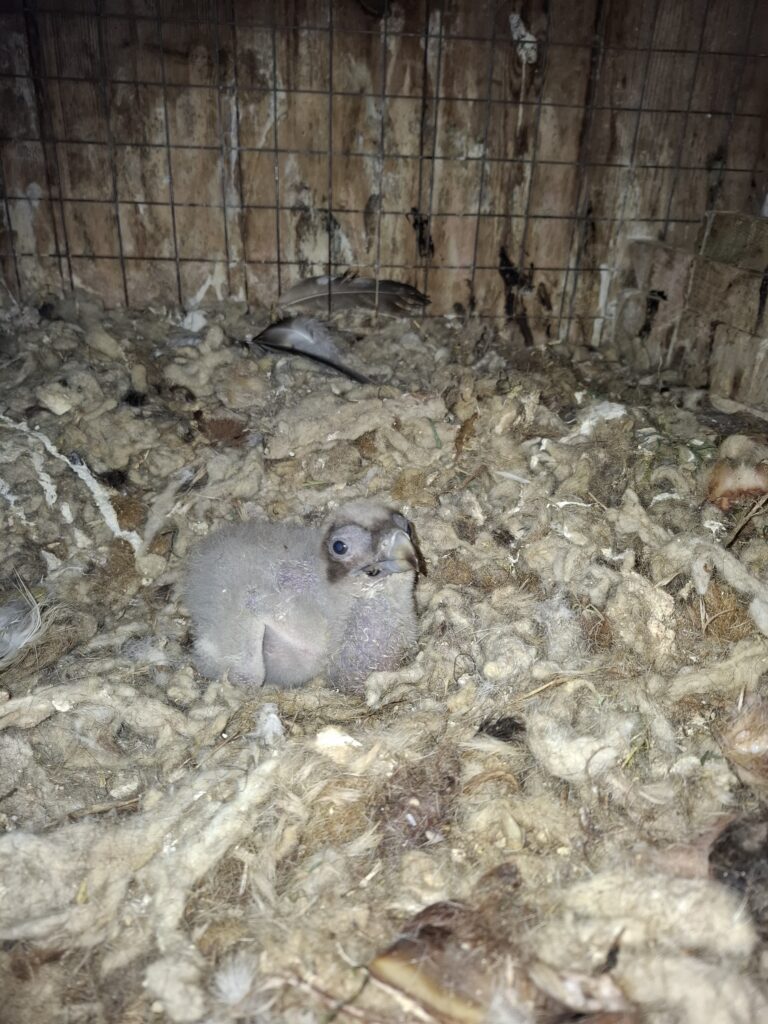
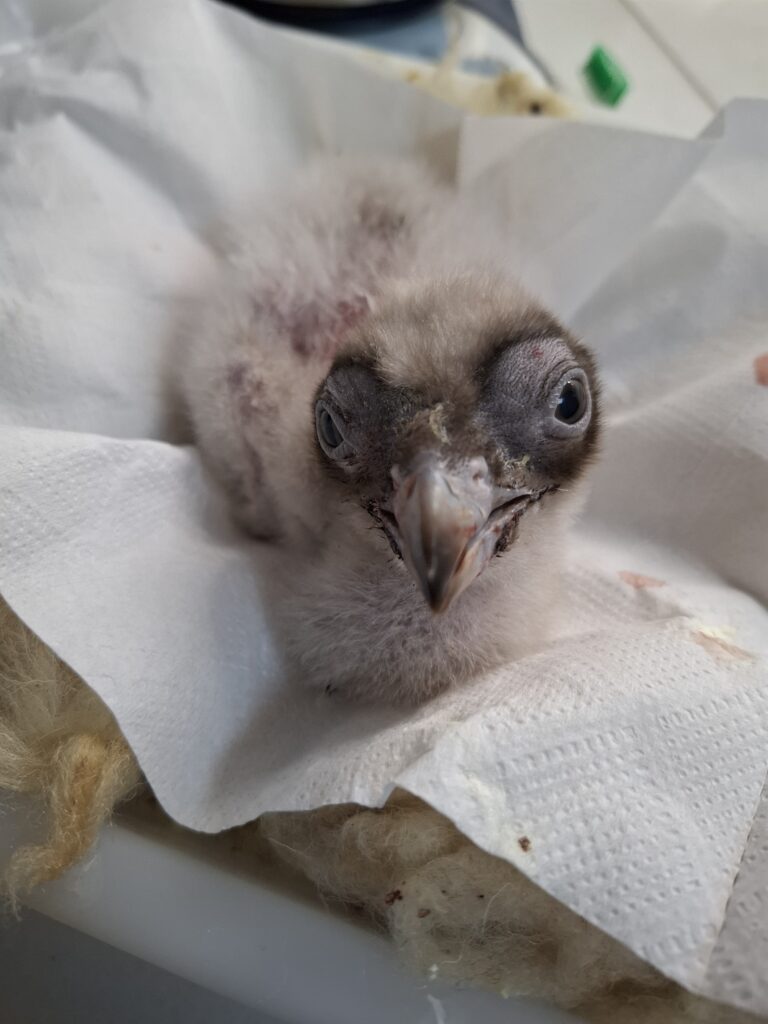
Bearded Vulture Pairing: Complicated, selective, and full of surprises
Pair bonding in Bearded Vultures isn’t exactly love at first sight. Once the birds reach adulthood, they become incredibly picky—some go through five or six potential partners before finding “the one.” Each vulture has its own quirks, and there’s no magic formula for matchmaking success. Sometimes it clicks, sometimes it flops, and sometimes… there are dramatic breakups and serious attacks. That’s why every new pairing attempt needs to be closely monitored.
Aïnat’s story is one of perseverance—from being saved as a vulnerable chick, to years of failed pairings and finally losing both his mate and his chick in a single year. But thanks to the tireless work of the Vallcalent team, he is not done yet. He has one more chance—with Perea.
Vallcalent Specialized Breeding Unit
The Centro de Fauna Salvaje Vallcalent houses the Vallcalent Bearded Vulture Breeding Unit, operating since 2005 through a partnership between the Vulture Conservation Foundation (VCF) and the Catalan Government. Home to 32 (+ 3 chicks at this moment) birds, Vallcalent plays a vital role in producing genetically important chicks, rehabilitating injured vultures, and providing foster care for birds that cannot breed naturally.

